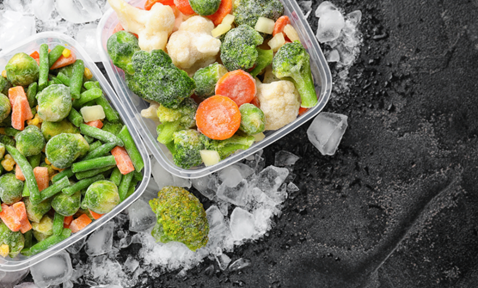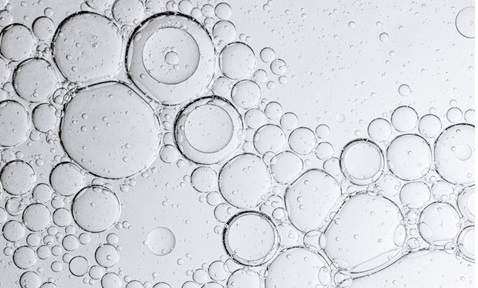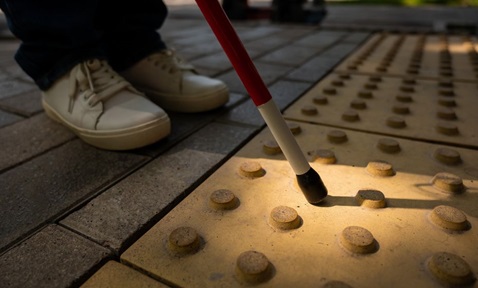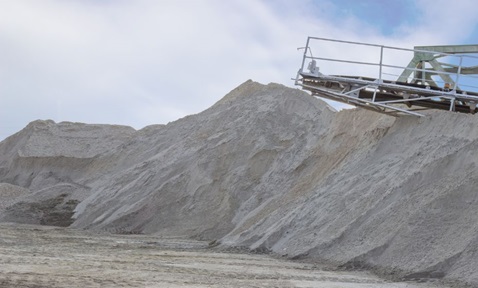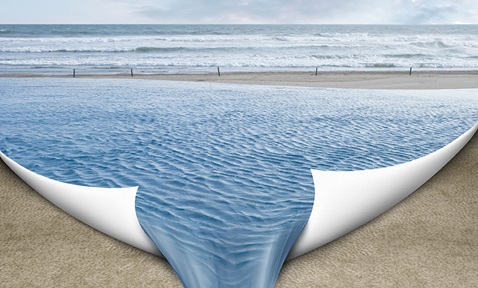
Microbially Induced Gelation for Reduction of Permeability in Granular Materials
Synopsis
This innovation introduces a bio-gelation technology with a novel seepage control solution leveraging microbial processes to reduce soil permeability. Unlike chemical gelation, this sustainable seepage prevention method ensures even distribution of polysaccharide solutions before hydrogel formation, effectively controlling seepage with minimal soil disturbance. By gradually dissolving mineral compounds to release ions for hydrogel formation, the technique provides a natural, low-carbon approach to soil stabilisation.
Opportunity
Seepage control solutions are essential in geotechnical engineering, particularly in construction, foundation stabilisation and groundwater management. Traditional methods often involve chemical gouting, which can be costly and environmentally harmful. This bio-gelation technology offers a cost-effective and sustainable alternative, using microbial processes to form bio-gel barriers that enhance soil stabilisation methods while minimising environmental impact.
With Singapore's construction sector projected to experience robust growth - estimated at between S$27 billion and S$32 billion in 2023 - advanced geotechnical engineering techniques are crucial for addressing challenges posed by high humidity and frequent rainfall. This technology provides an effective and scalable solution for preventing seawater erosion, controlling seepage in deep excavations and mitigating soil permeability in earth dam reinforcement projects.
Technology
The bio-gelation process significantly reduces the permeability of sandy soil within 24 to 48 hours (Figure 1(a)), making it an efficient microbial geotechnical engineering solution. The process involves three key steps:
- Preparation of the bio-gelation medium – A mixture of glucose, sodium alginate and activated sludge is incubated under neutral pH conditions for 24 hours.
- Injection into the soil – The bio-gelation solution is introduced via rows of injection wells, allowing even distribution within the soil matrix.
- Formation of the hydrogel barrier – Over 36 to 48 hours, microbial activity dissolves calcium carbonate in the soil, releasing free calcium ions that crosslink alginate, forming a stable bio-gel barrier.
This technique is adaptable for large-scale geotechnical applications, offering a versatile and eco-friendly solution for seawater erosion prevention and deep excavation projects.
-microscopic-view-of-bio-gelation-process-(b)-change-of-the-permeability-during-the-gelation-period-(c)-sketch-for-the-application-of-bio-gelation-method-in-the-field.png?sfvrsn=5d6890a7_1)
Figure 1: (a) Microscopic view of bio-gelation process; (b) Change of the permeability during the gelation period; (c) Sketch for the application of bio-gelation method in the field.
Applications & Advantages
Applications:
- Seepage control solutions for construction and excavation sites.
- Bio-gel barriers for seawater erosion prevention and earth dam reinforcement.
- Soil stabilisation methods for urban and coastal infrastructure.
- Microbial geotechnical engineering for environmentally sustainable ground reinforcement.
Advantages:
- Low-carbon, sustainable seepage prevention using natural materials.
- Minimal environmental disturbance, making it an alternative to chemical grouting.
- Rapid and cost-effective application, with permeability reduction in 24-48 hours.
- Adaptable for various soil types, enhancing advanced geotechnical engineering techniques.


.tmb-listing.jpg?Culture=en&sfvrsn=55153609_1)


.tmb-listing.jpg?Culture=en&sfvrsn=b5366f51_1)


